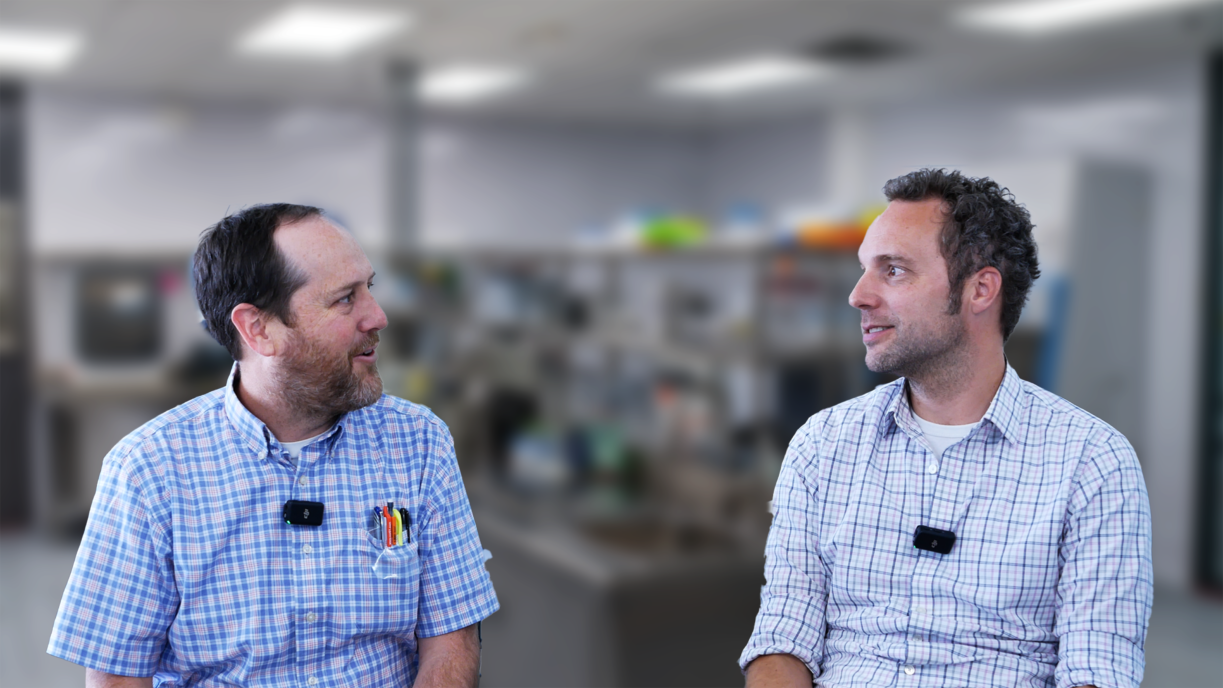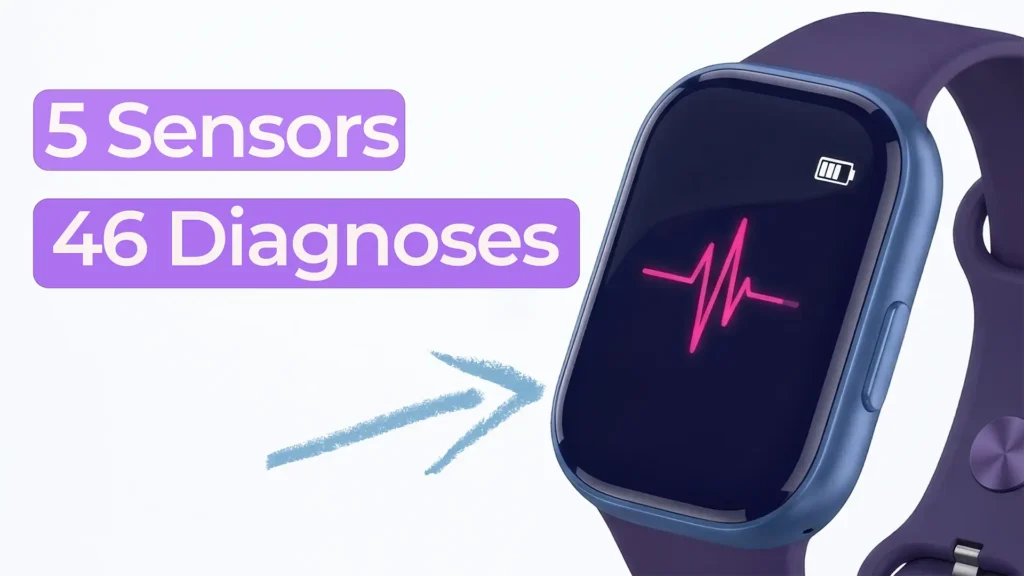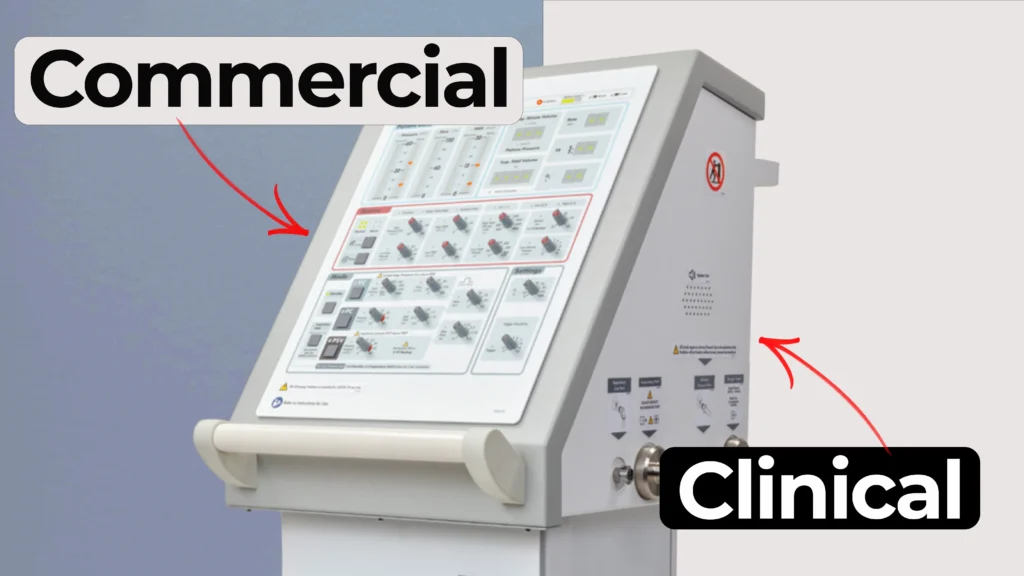
Bio Break: Surprising Innovations in Olfactory Drug Delivery
In this episode of Bio Break, Joris van der Heijden and Nick Allan explore one of the most innovative approaches in drug delivery: olfactory drug delivery. This cutting-edge method targets the olfactory region of the nose, offering a direct pathway to deliver drugs into the brain while bypassing the blood-brain barrier. Unlike traditional intranasal delivery, this highly specialized technique uses neural pathways to achieve precise and effective results.
Nick shares insights from a fascinating project that leverages the olfactory bulb and cribriform plate—a thin, porous structure within the skull—to transport therapeutic agents directly to the brain. These pathways allow drugs to reach the brain without systemic circulation, overcoming the challenges of the blood-brain barrier that typically blocks most substances.
The discussion also delves into the complexity of nasal anatomy, highlighting the natural defenses that prevent substances from entering the brain. Structures like the nasal valve and turbinates serve critical roles in filtering air and protecting the body, but they also pose significant challenges for targeted drug delivery. Through precise engineering and careful design, the device Nick describes achieves a delicate balance of usability and effectiveness, allowing for safe and accurate drug delivery to the olfactory region.
This approach is especially promising for conditions like Alzheimer’s, Parkinson’s, brain tumors, and other neurological diseases that require direct access to the brain for treatment. By bypassing traditional barriers, olfactory drug delivery opens new opportunities for targeted therapies that were previously inaccessible.
This episode is a must-watch for medical device developers, pharmaceutical innovators, and healthcare professionals interested in the latest advancements in drug delivery technology. Gain insights into how precision engineering and biological understanding can come together to solve complex challenges and unlock groundbreaking treatments for patients.
Surprising Innovations in Olfactory Drug Delivery
Related Resources

Nick and Nigel explore how a surprisingly small set of sensors could be used to identify a wide range of common health conditions.

Understanding how clinical ventilator development differs from commercial ventilator design is essential for teams planning early studies.

Nick walks through a practical Teflon tape lesson that came from real work supporting a mechanical test rig.

Most sterile medical devices begin their journey long before anyone thinks about sterilization. Teams focus on function, usability, materials, and suppliers, then discover that sterilization constraints can reshape many of those early decisions.
